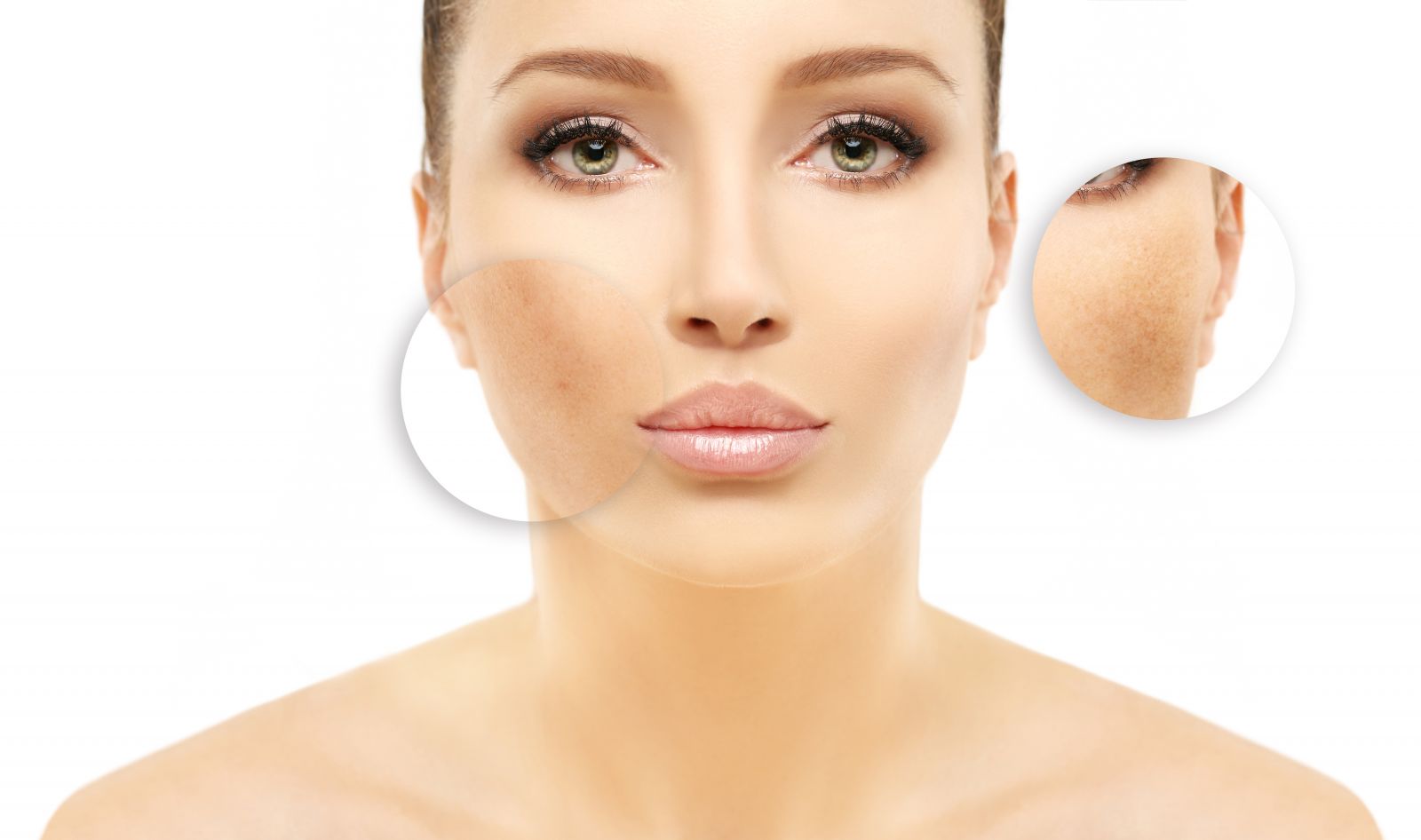A new study explains the damaging effects of solar radiation on human skin. The study is lead by Mark Birch-Machin, a professor at Newcastle University of UK who studied the damage caused by ultraviolet (UV), infrared, and visible light to the skin. It further talks about how these rays are penetrated deeply into the skin and affect the functioning of healthy body cells. The sunscreens can protect the skin from the harmful rays of visible, ultraviolet (UV), and infrared (IR) rays.
The use of sunscreens is one way of protecting from solar damage but it may not provide complete protection from these radiations. The complete study findings are published in the journal “FASEB”
Mark Birch-Machin teaches Molecular Dermatology at Newcastle University in the Department of Medical Sciences. He shares that solar damage may only show up when ultraviolet (UV) is a part of radiation. It suggests that infrared and visible light does not account for most of the skin damage.
RELATED: Breakthrough Research Finds a Cure for USP18 Deficiency
Sunscreens may protect the skin from premature aging, sunburn, and even skin cancer but they do not promise complete protection. Typically, the sunlight contains infrared, visible light along and ultraviolet (UV) radiations. So protection of skin requires protection from all three types of radiation that come from the sun. However, the damage linked with infrared (IR) and visible light is a lot lesser than UV radiation.
The cells of the skin are more damaged when the visible, ultraviolet (UV), and infrared (IR) light gets in contact with sunlight. When the combined effect of all these wavelengths with sunlight increases the skin faces more damage. It was noticed that only the upper layer of skin called keratinocytes was damaged by the ultraviolet light and was not damaged more by the sunlight containing visible, infrared (IR), and ultraviolet (UV) light.
The results explained that skin cells from the top layer called keratinocytes are more likely to be damaged by the UV radiation. However, they were not damaged by the complete sunlight that includes infrared and visible light both.
On the other side, dermal cells called fibroblasts were not as such damaged by ultraviolet (UV) light as they were expecting. But these cells were damaged by the complete solar radiation including visible light and infrared.
Birch-Machin shares that if there are more experiments designed to study the solar radiation linked skin damage, each one of these light components should be studied individually. It would help to understand which type of solar rays penetrate and damage more than the rest so that the protection strategies should be aligned as per individual radiation potential.
RELATED: A New Pill Can Potentially Treat Bleeding From Uterine Fibroids
The research team hopes to study the reasons behind the sensitivity of the dermal skin layer for the future. The current study doesn’t explain why the top layer of skin remains unaffected from the sun damage whereas dermal skin is more likely to get damaged by it.
People should follow SunSmart lifestyle which is highly recommended by almost all national skin charities. This study has enlisted the basic information that promotes the use of sunscreens for skin protection. However, people shouldn’t forget that they would not provide complete protection from solar radiations so they have to take the additional steps for their skin safety.


